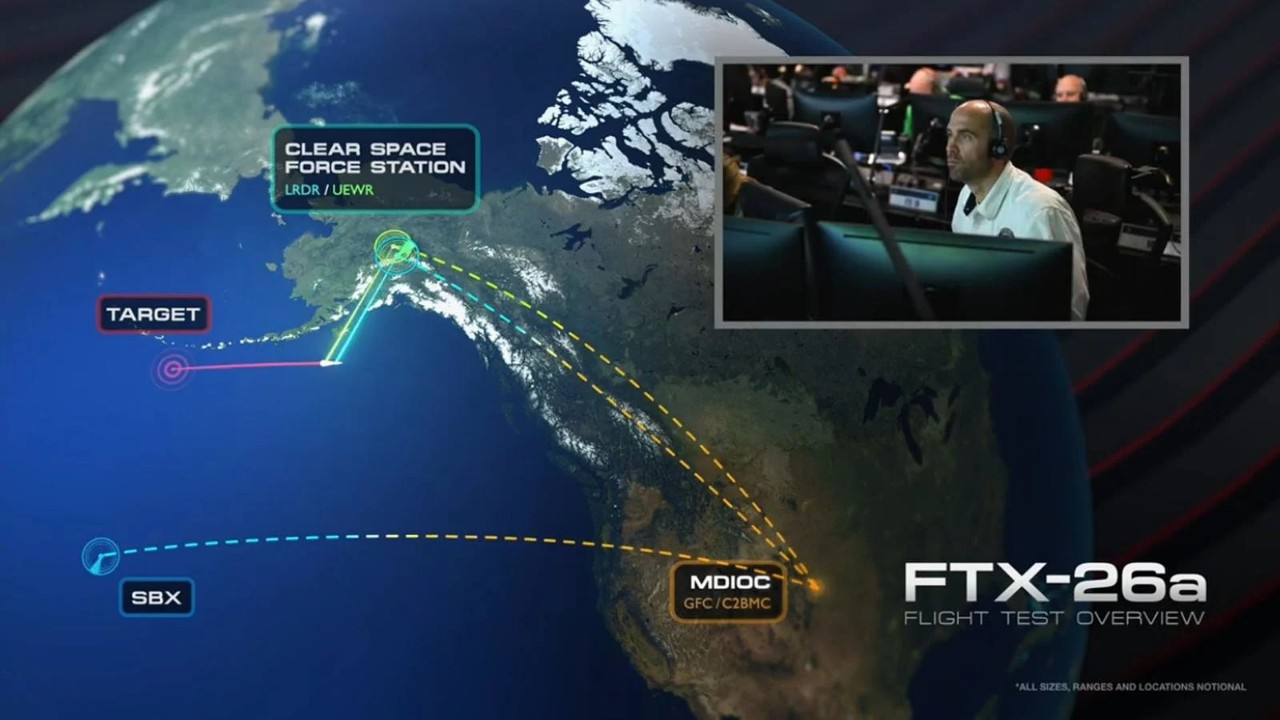US military, Boeing test new homeland defense radar
The exercise validates long-range radar, boosting missile defense against evolving threats.

The U.S. Missile Defense Agency (MDA) and Boeing conducted a successful test of an Alaska-based long-range radar to enhance the nation’s homeland defense capabilities.
- The testing is part of the Ground-based Midcourse Defense (GMD) System Integration, Test and Readiness (SITR) contract, and also involved other MDA partners.
Why it matters: The test validated the radar’s sensors and its ability to capture precise data from greater distances, improving threat detection and warning time for the GMD system and other missile defense components.

Zoom in: During the exercise, a target representative of an intermediate range ballistic missile was air-dropped from a C-17 Globemaster, allowing the radar to track a live target and gather essential data.
- “This was a significant step forward in strengthening our nation’s defenses,” said Ted Kerzie, executive director of Boeing Strategic Missile & Defense Systems. “This latest test underscores our ongoing dedication to enhancing America’s layered missile defense architecture.”
Catch up quick: Boeing is focused on improving the effectiveness of the GMD system — the United States’ only protection against intercontinental ballistic missiles — under the SITR contract alongside the MDA and industry partners.
- Boeing has been a key partner on the program for over 25 years, leading and supporting its development, testing and operational readiness.